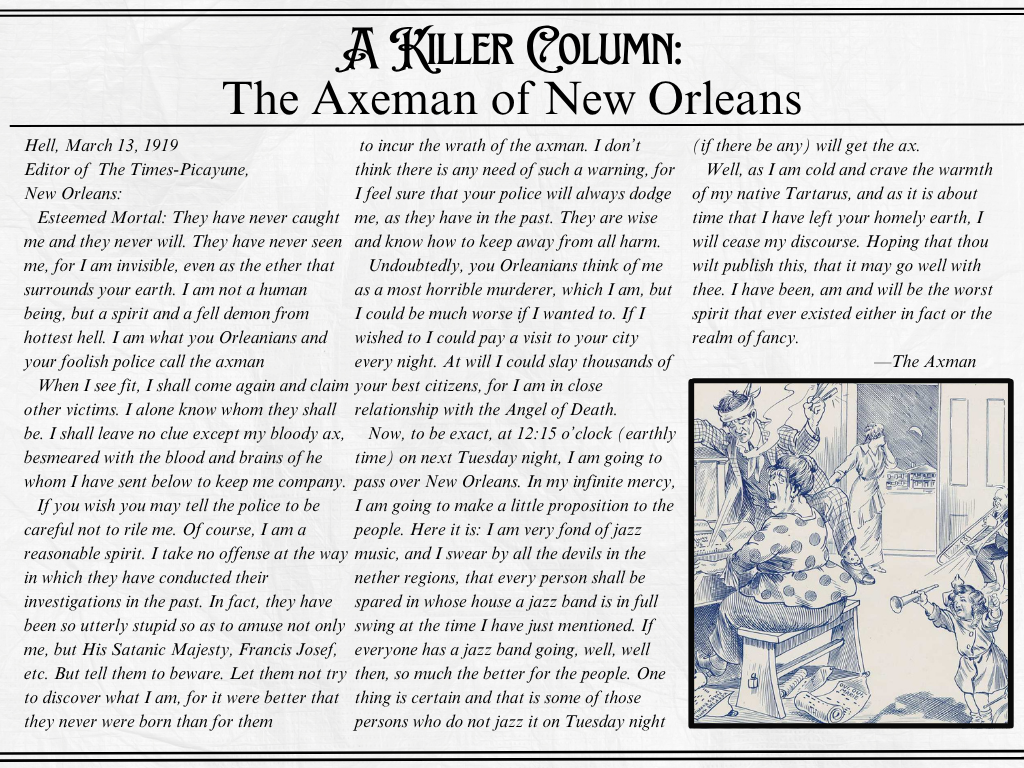Art students Victoria Smith and Ben Bennet, with the assistance of their classmates, organized a night to celebrate art and accomplishment. The sculpture garden hosted a small reception, honoring the student achievement of collectively creating the pieces currently on display.
The reception was aimed to get the community and student body involved, offering a relaxed environment to appreciate art and the artists behind them.
The sculptures were created as a group project, designed and molded by advanced and intermediate sculpting classes.
“The sculptures are a lot like us,” said Lacy Mitcham, a senior art major. “As artists we have a lot in common, but we are all different and the pieces reflect that.”
Ben Hickey, the curator of the Masur Museum of Art, praised the efforts and achievements of the students.
The project focused on exposing students to the real world of art and presenting their pieces. Hickey described the pieces as a metaphor for civic involvement and dialogue.
“Organizing this event and contacting me were really about public discourse. Project management, you realize as an artist what goes into making you successful and getting out in the public where your art can be a viable commercial entity,” Hickey said.
Smith hopes to bolster community support and the reception was a step in getting more people to visit the sculpture garden and galleries.
“…It’s difficult to get people in there. With the garden, you can just drive right by. You don’t hear about us much in Monroe, except for the art crawls. We want the community more involved in supporting more than just athletics,” Smith said.
Smith said that the process of creating the sculptures was an enjoyable one. The pieces were sculpted by the students in the intermediate class and installed by the advanced. Every participant assisted in the installation process.
“We were out here drilling into concrete and hoisting stuff up, even my tiny self. It was a lot of fun, a little dangerous, but fun,” Smith said.
Inspiration was drawn from a material-based standpoint. Angle-irons were used to create the pieces, and the sculptors explored the flexibility of the material and how it would react with the environment. The work was completely process driven with many steps.
“We each had to design twenty and then decide which were the most interesting and collaborative. We didn’t want separate pieces; we wanted them to flow and work together to move you around the space.” Smith said.






